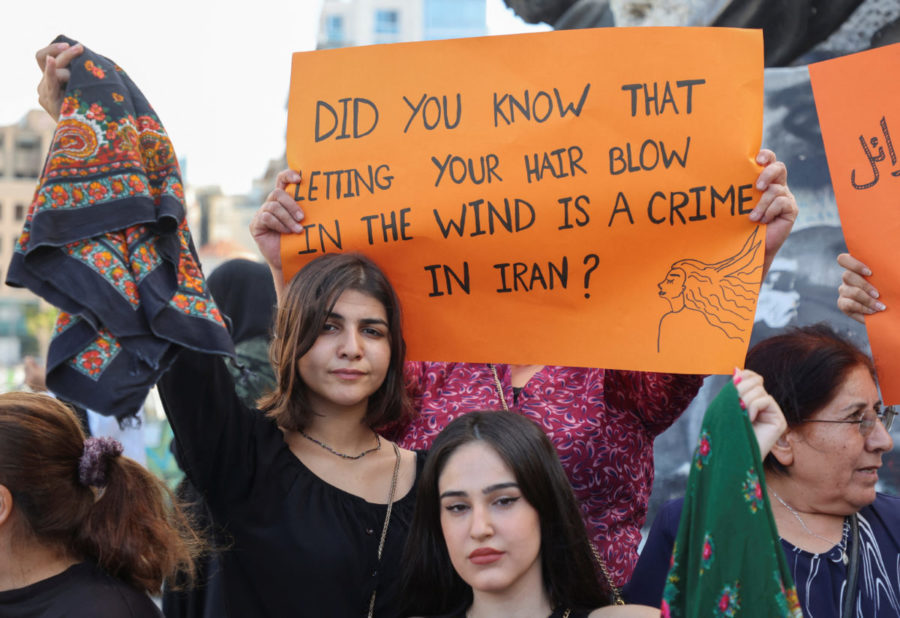Human Rights Crisis in Iran
Why are Iranian women burning their hijabs?
In the past two or three weeks, you may have seen blurbs about Iran and the protests happening in their streets. Maybe it was briefly as you were tapping through your Instagram stories, or maybe you heard bits and pieces of the news saying something about it, but with the severity of the current situation in Iran, it’s important to have an awareness of it. In the last two weeks, protests have been happening over the strict dress policy enforced against women and there has been intense social turmoil all over the country. Let’s take a quick second to review everything that’s happened so far.
What Set It Off?
On Tuesday, Sept.13, while on a road trip to go visit family with her brother, Mahsa Amini was arrested by Iran’s infamous “morality police” for allegedly wearing her hijab incorrectly. In Iran, Hijabs are mandatory dress for all women, no matter their race or religion, and the “morality police” are the strict enforcers of this mandate. While in custody, it was believed that she was beaten by the police because she was taken to Kasra Hospital shortly after her arrest. Amini was comatose for two days before sadly passing away on Friday, Sept. 16th. Iranian authorities claimed the twenty-two-year-old died of heart failure, but her family and the Iranian public believe she died from physical trauma caused by the violence she endured after her arrest. Official reports are indicating that the poor young woman’s death was caused by a fracture to her skull, proving her family and outraged protesters correct.
How is the Public Responding?
After Amini’s funeral on Sept. 17th, protests over the incident began. Although they first started in the country’s northwest region, the protests quickly spread to over eighty cities country-wide and became massive in the capital, Tehran. Iranians, especially Iranian women, have taken to the streets, holding demonstrations in which they burn their hijabs or cut off all of their hair in protest of the brutality. Mahmood Amiry-Moghaddam, Director of the NGO “Iran Human Rights”, told TIME Magazine that people from all backgrounds are demanding “fundamental rights” and that he’s “never seen so much anger before”. Although they may have started because of women’s rights, protesters are insisting it’s not only a matter of feminism, it’s a matter of human rights and calling out the harsh realities they face daily.
What’s Being Done?
The Iranian government maintains its story that Amini passed from a heart attack and not physical trauma, even going as far as to release a tape of the young woman collapsing on the ground while in custody. Amini’s family, however, has stated she had no history of heart problems. As for the protests, Iranian riot police have been present during the demonstrations and have been meeting the people of Iran with brutality. As reported by Iran’s state-run media, at least seventeen people protesting have been killed in the last week alone, but the activists involved claim the number of deaths is much higher, rumoring that the toll is closer to thirty. For arrests, in the Kurdish province alone, there have been 600 people arrested and 733 people injured during the demonstrations. For these brave activists, spreading the word of their cause has become even harder than it previously was, as the already tightly-regulated and heavily censored internet was cut off completely on Sept. 21st. The last time an internet shutdown of this scale happened in 2019, an estimated 1,500 civilians were killed because they were unable to report the heinous abuse they were experiencing to the rest of the world.
Unfortunately, this story is still developing, so that’s about as much information as we could currently access. The BSHS news staff will make an effort to stay updated on the developments of this story. The general consensus around the world is that this is only the beginning of these protests, and if all goes right, it will be a large step towards better rights in Iran.







